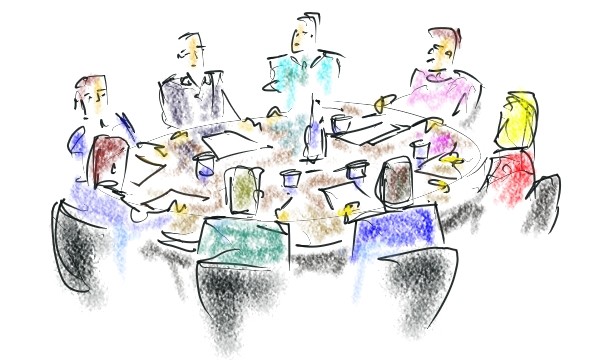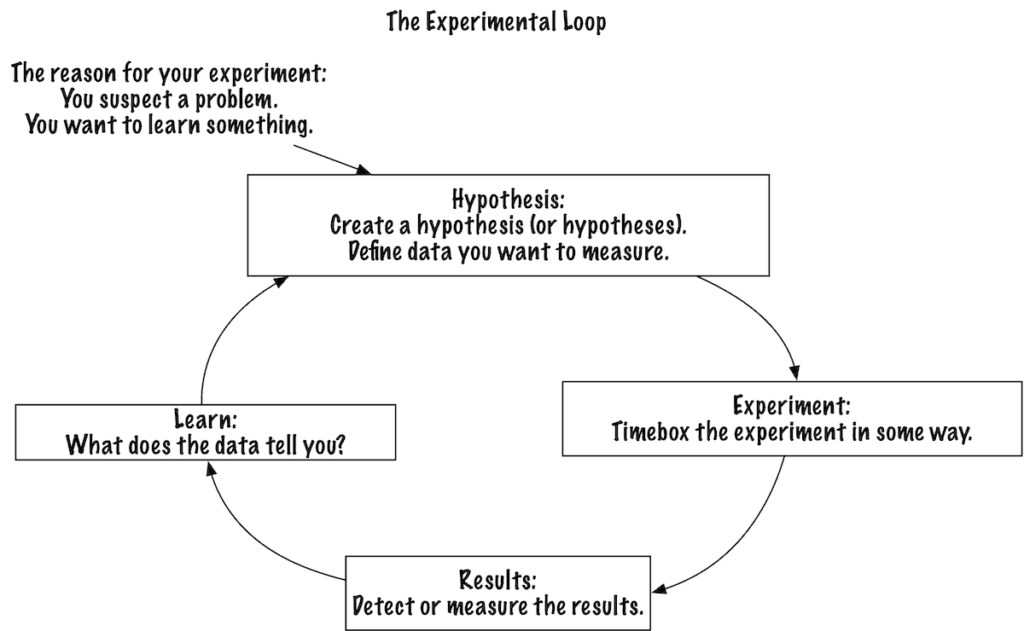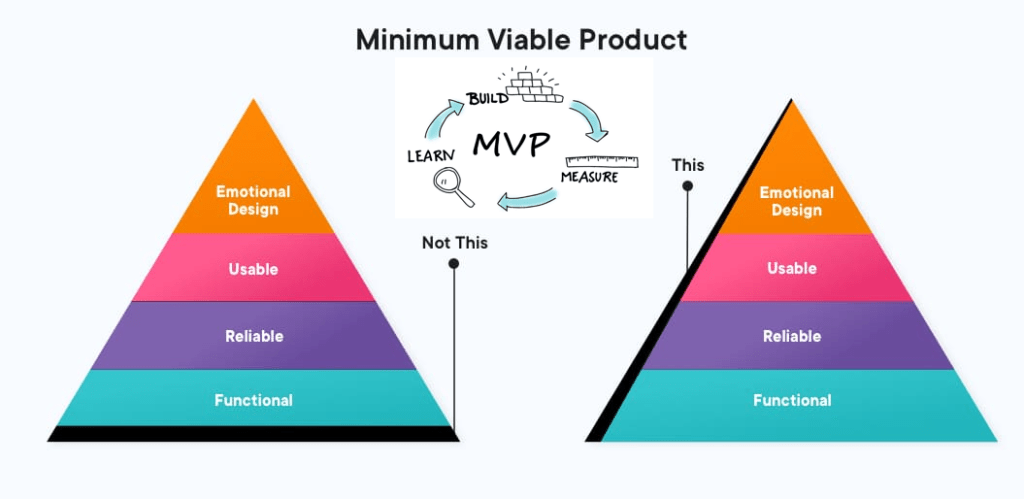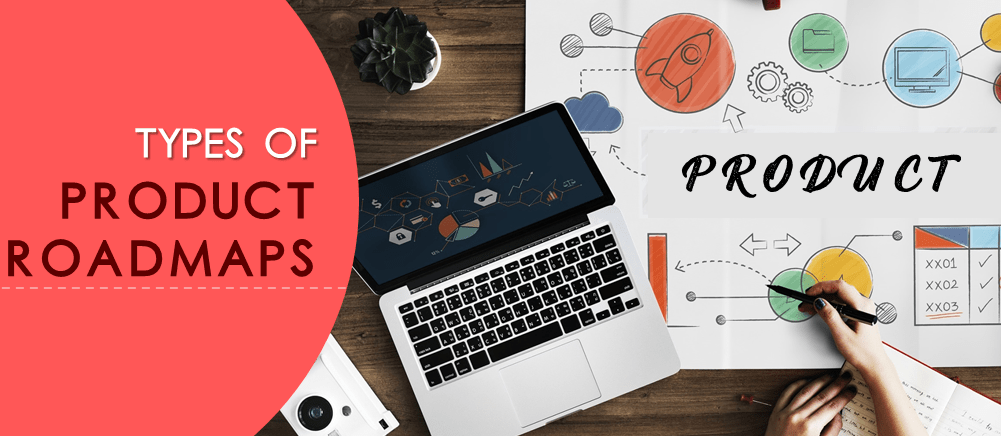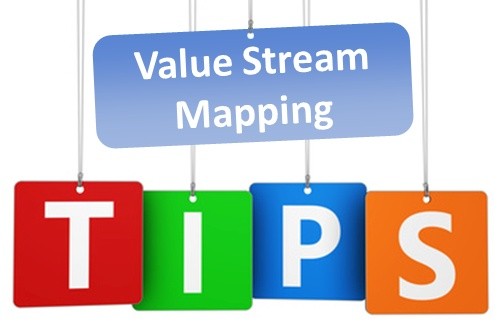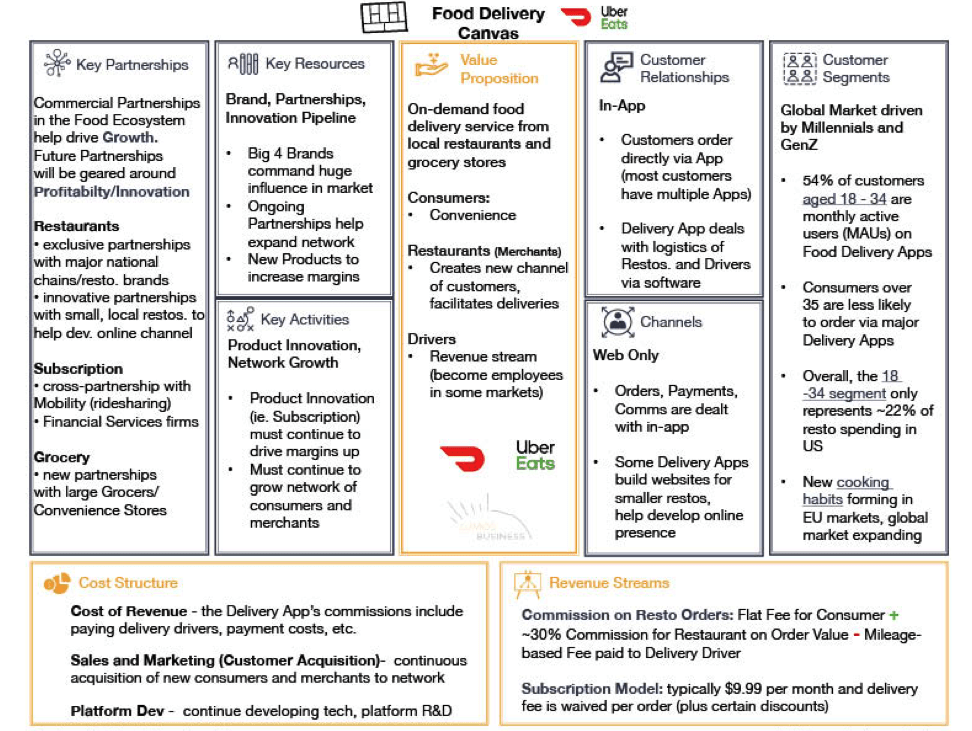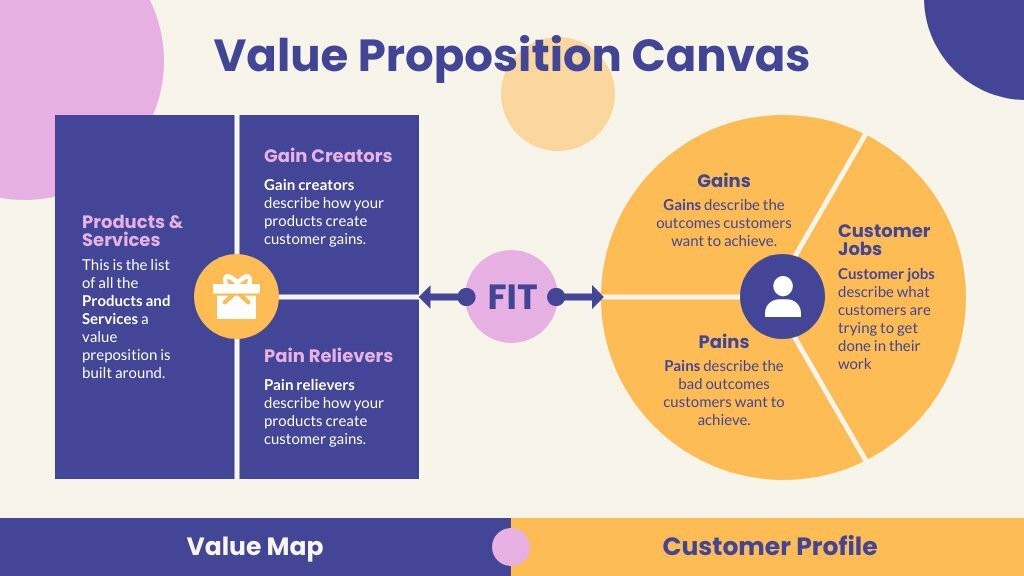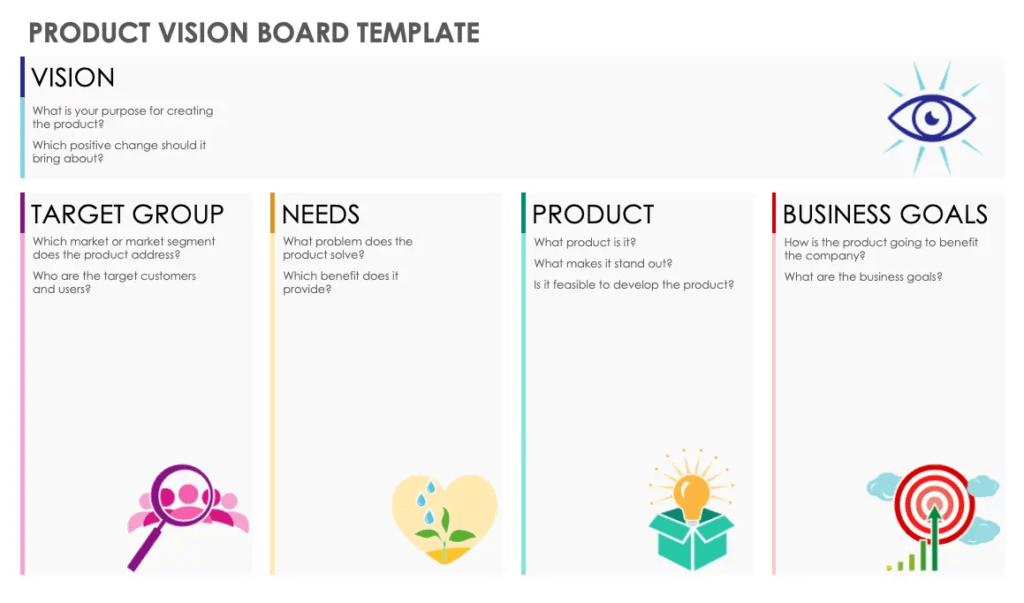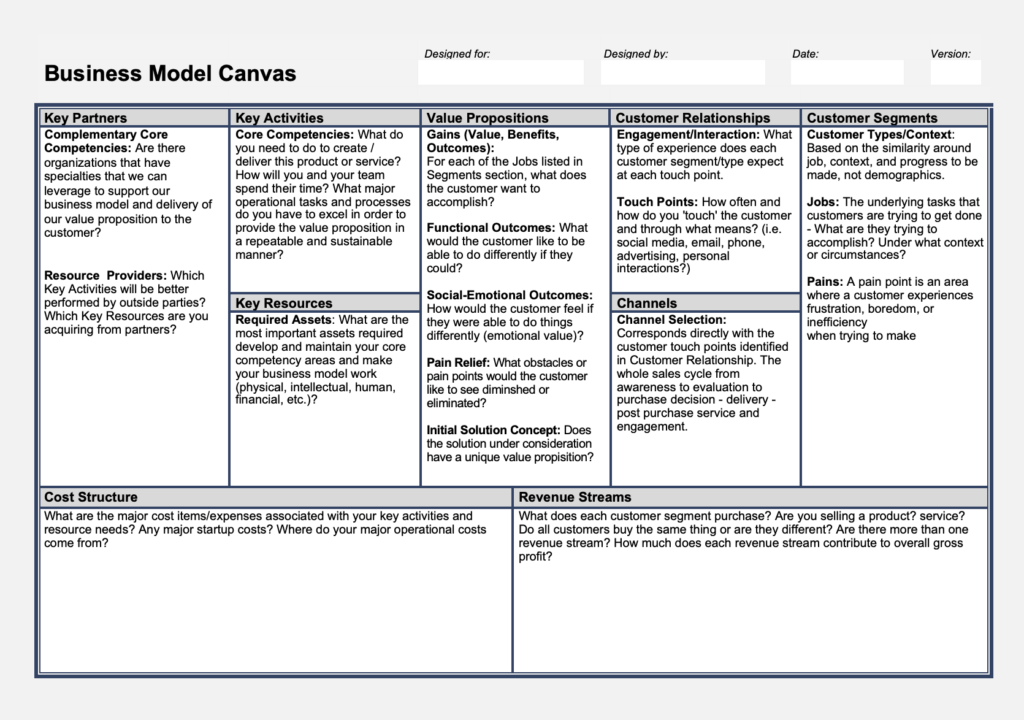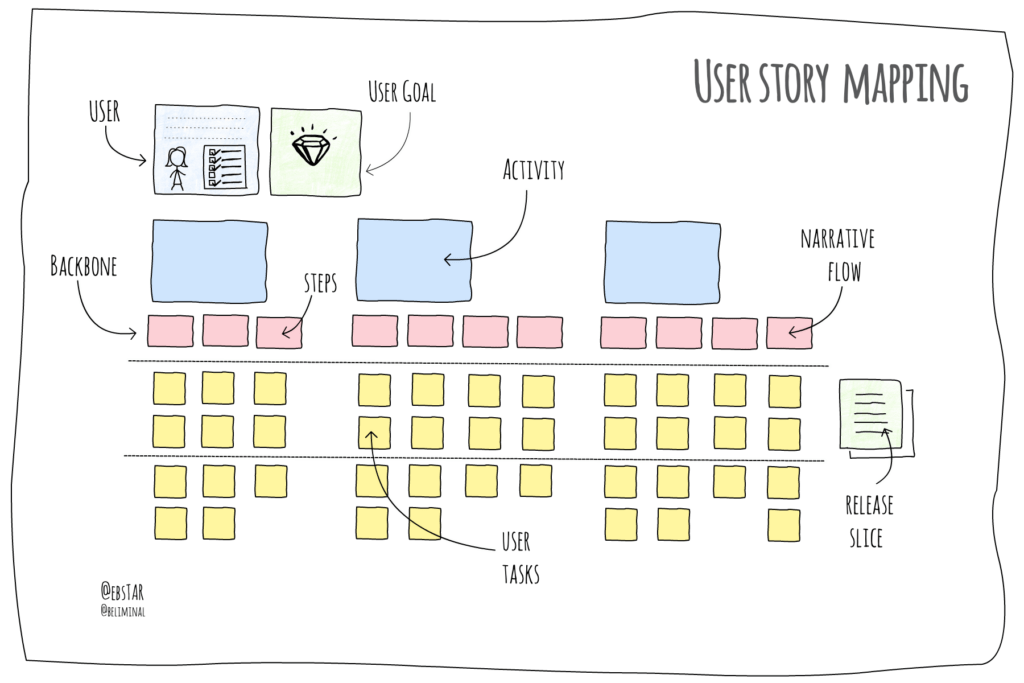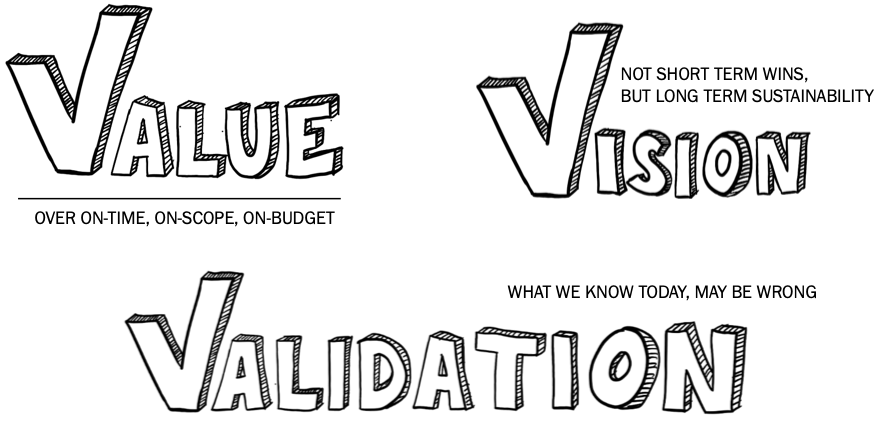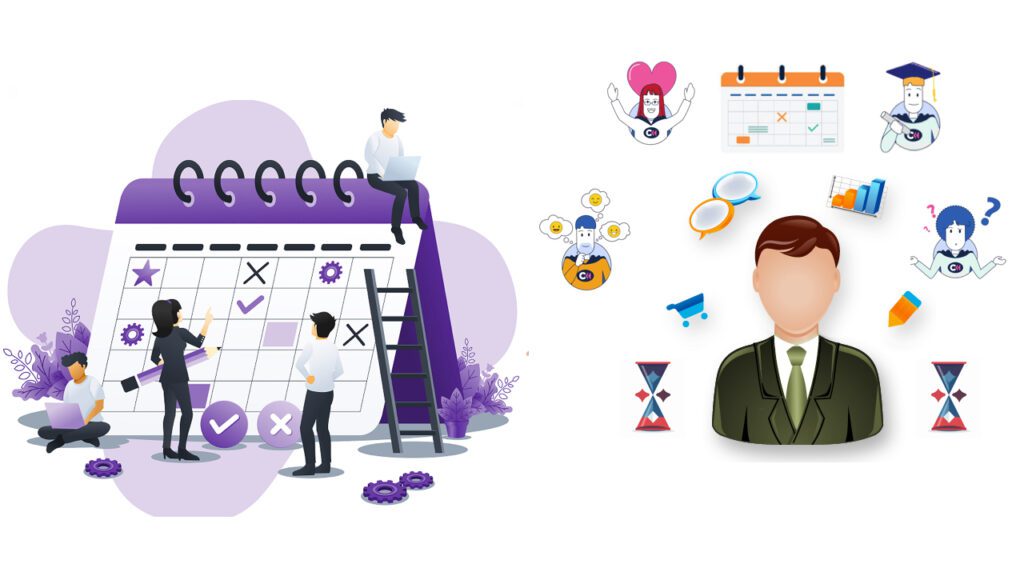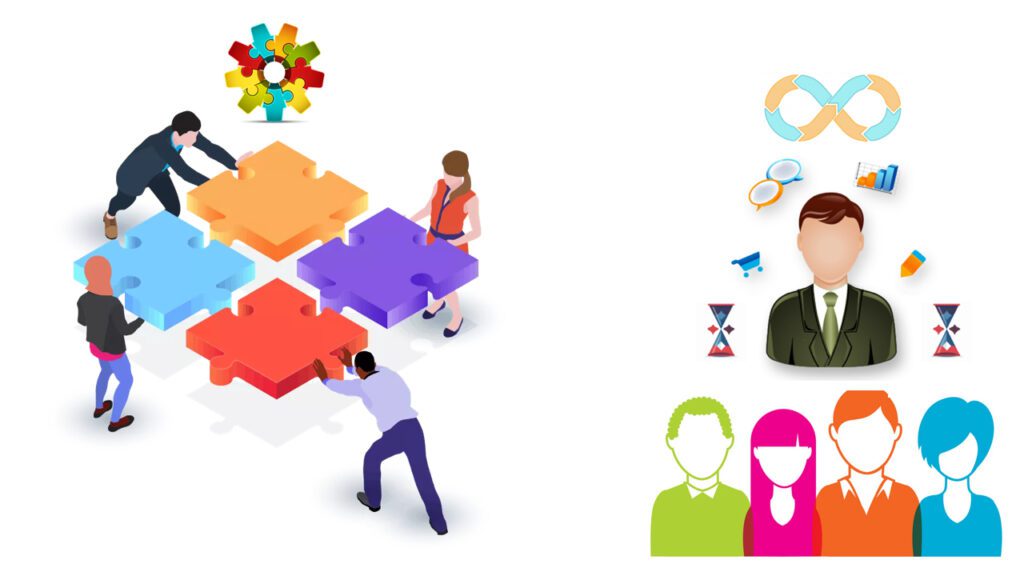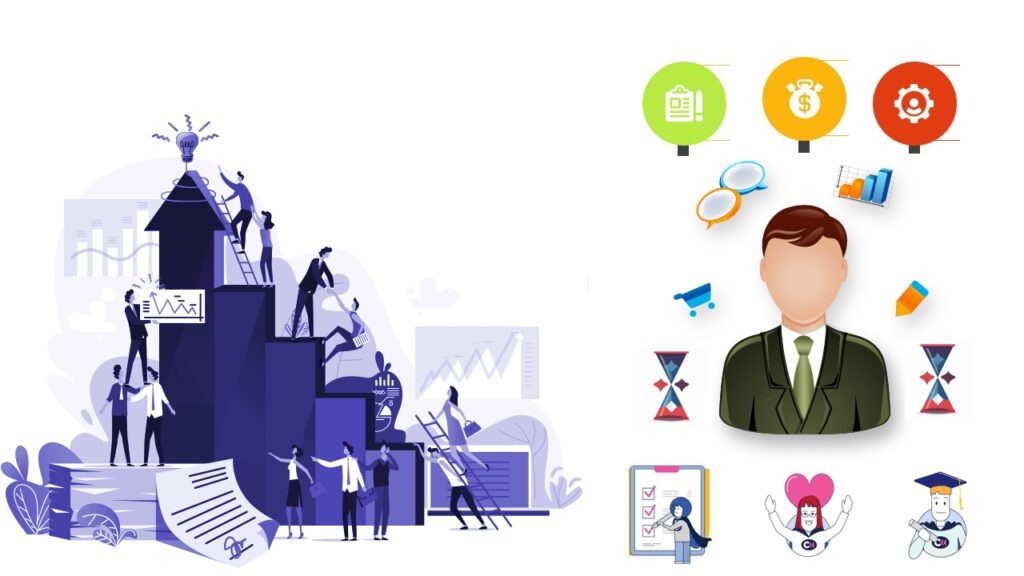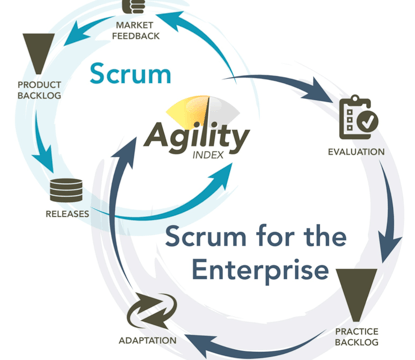Maximizing productivity with JIRA – Tips and Tricks
This article will share tips and tricks for Maximizing Productivity with JIRA and streamlining workflow. Maximizing Productivity with JIRA can help an organization or team to achieve its goals more efficiently by streamlining workflows, tracking progress, and identifying areas for improvement. It can also help to increase transparency and communication among team members, which can […]
Maximizing productivity with JIRA – Tips and Tricks Read More »

